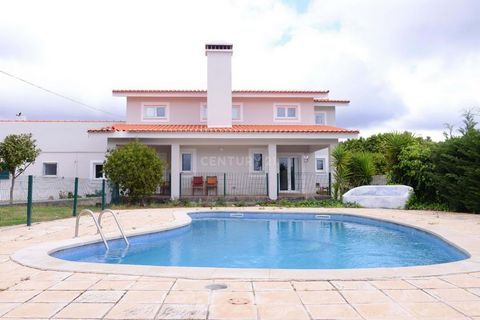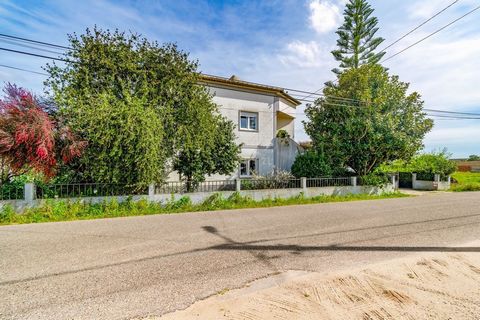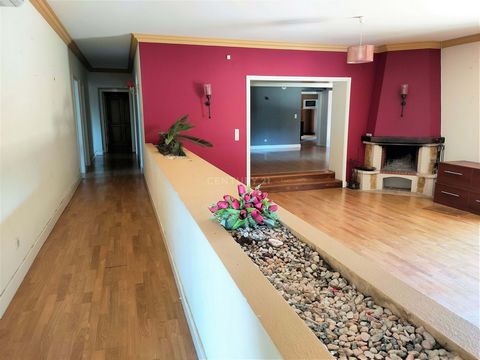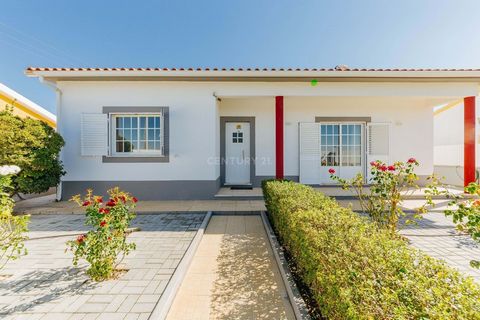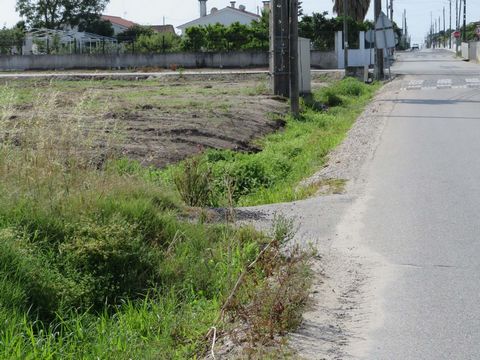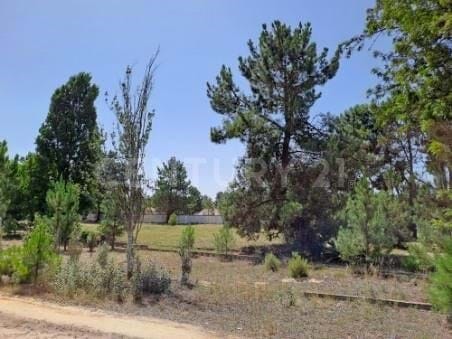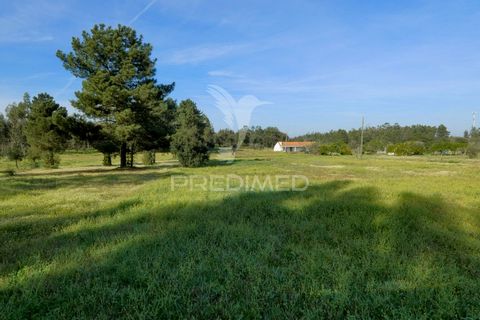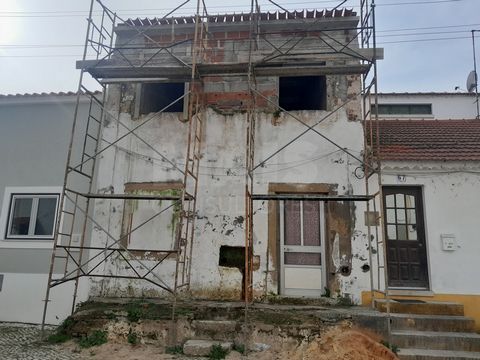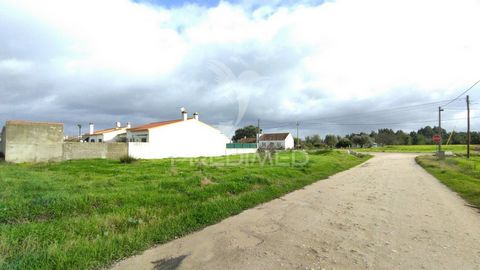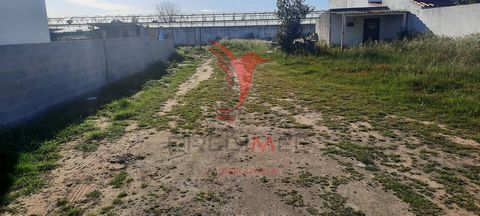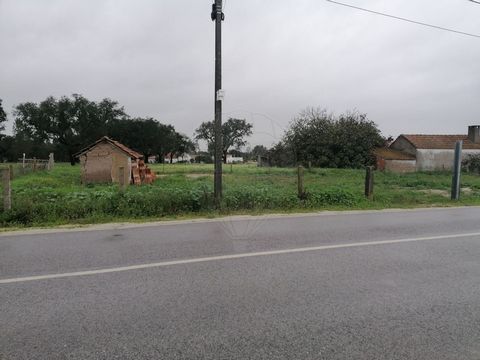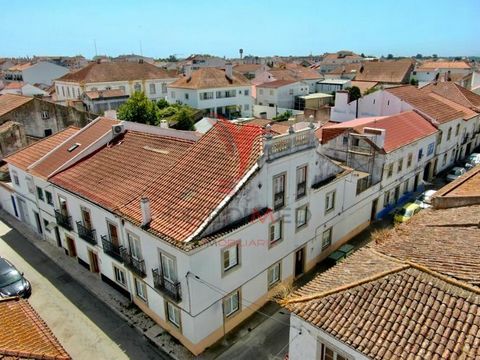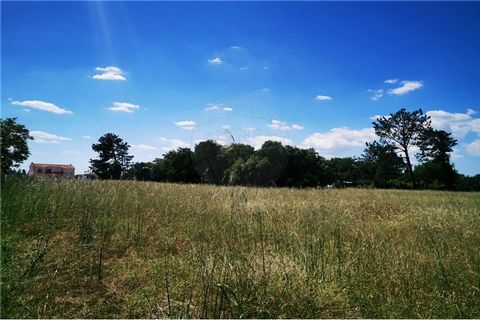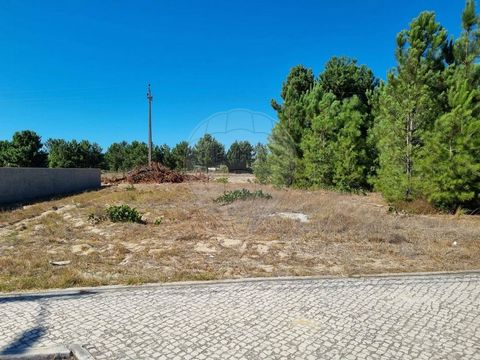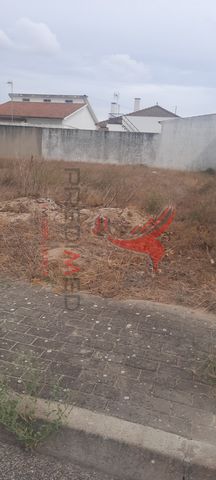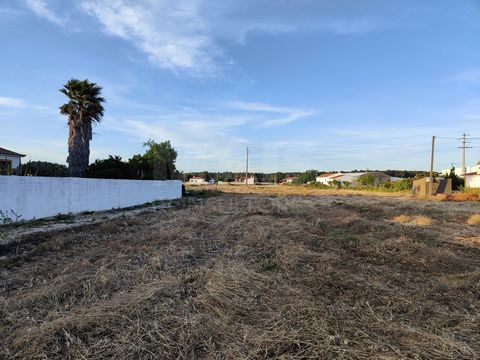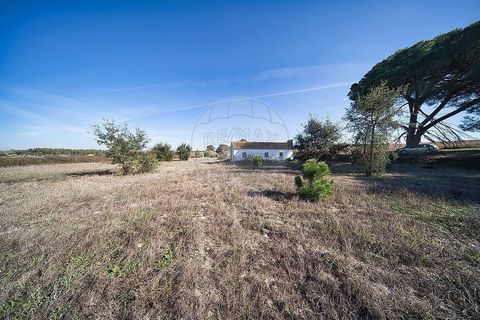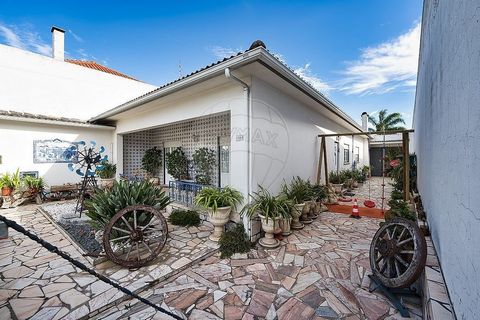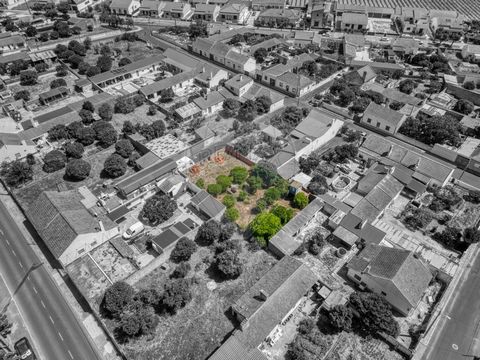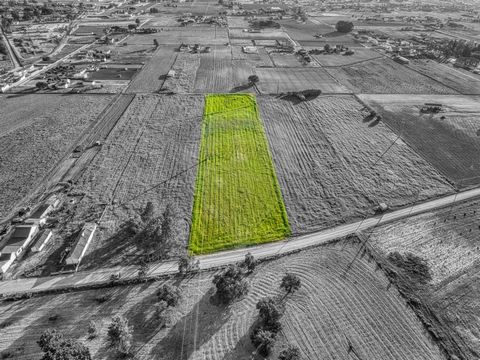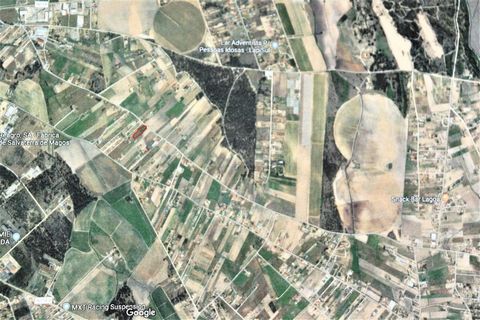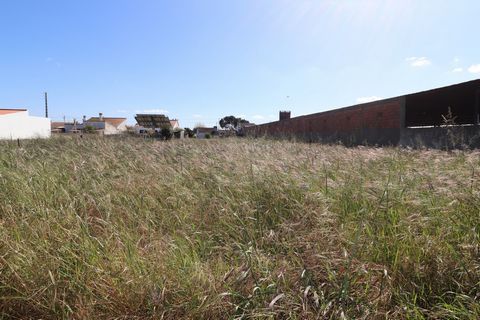Urban land, Muge Plot of urban land with 485.30 m2, with a residential building area of 242.65 m2. Good location, in the center of the village of Muge, privileged access with asphalt and sanitation, fruit trees and well. Muge is a parish in the municipality of Salvaterra de Magos, Portugal. We are available to help you make dreams come true, whether you buy or sell your property. When talking about Muge, the first thing to remember about this town is its rich archaeological past, namely with the Muge shells. The archaeological value of this village is not limited to the Mesolithic period. From that time, some shells and human skeletons were discovered in the 60s of the last century. In the vicinity of the Muge stream, Paleolithic stations have been located in the sites of Arneiro dos Moinhos, Pinhal do Coelheiro. Sobral de Martim Fonço, Arneiro de Boa Vista, Glória, Ponte do Coelheiro, João Boieiro, Cacharinho, Porto Sabugueiro, Cabeça de Arruda, Casalinho, Arneiro dos Pescadores, Cabeço da Mina, among others. In these seasons, a material was harvested that, among us, is characteristic of terraces. The pieces are almost exclusively worked on quartzite pebbles, with a large number of hand or single-sided specimens. Other historical periods are very present, such as the Roman period, which made its influence felt in particular in the place of Porto de Sabugueiro, where there is a human occupation that goes from the first century BC. Several ceramic fragments of ancient chronology also appeared in Porto de Sabugueiro, dating from the second half of the first century BC. C. the beginning of agricultural activities in the parish. During the Middle Ages, King Dinis granted it a charter in 1304, in order to facilitate settlement in this region. In the eighteenth century. In the 15th century, an event will mark the town and the Kingdom in general: it was in the Palace of Muge that King Manuel in 1496 decreed the edict of expulsion of the Jewish and Muslim minorities. The Dukes of Cadaval were Lords of Muge, who built their palace here. Casa Cadaval was one of the most powerful institutions of the post-restoration period, owning a huge percentage of land in Muge. This House gave an agricultural character to the village. His palace, which can still be found in Muge, currently has few traces of its ancient physiognomy, except on the façade, as it underwent restoration works in this century. Next to the house, the chapel consecrated to Our Lady of Glory, whose image can be seen in a register of blue-framed tiles on white enamel, nineteenth-century ones. The great importance that Muge held over the centuries has faded with the approach of the contemporary era. In 1755, it belonged to the comarca of Santarém, in 1852 to that of Benavente. In 1837, by decree of D. Maria II, the municipality of Muge was extinguished and the Parish Council of Nossa Senhora da Conceição de Muge was created, which in turn was incorporated into the municipality of Salvaterra de Magos. Once known as Muja and also Porto de Mugem, due to the "many fish of this name that were fished in front of the Villa" (Pinho Leal), Muge lost the populous place of Marinhais in 1928, which formed its own parish. It also lost a large number of inhabitants, which in 1950 was close to five thousand and today stands at about two thousand. RE/MAX ID: ... Features: - Satellite TV - Internet
